ESP – ENG
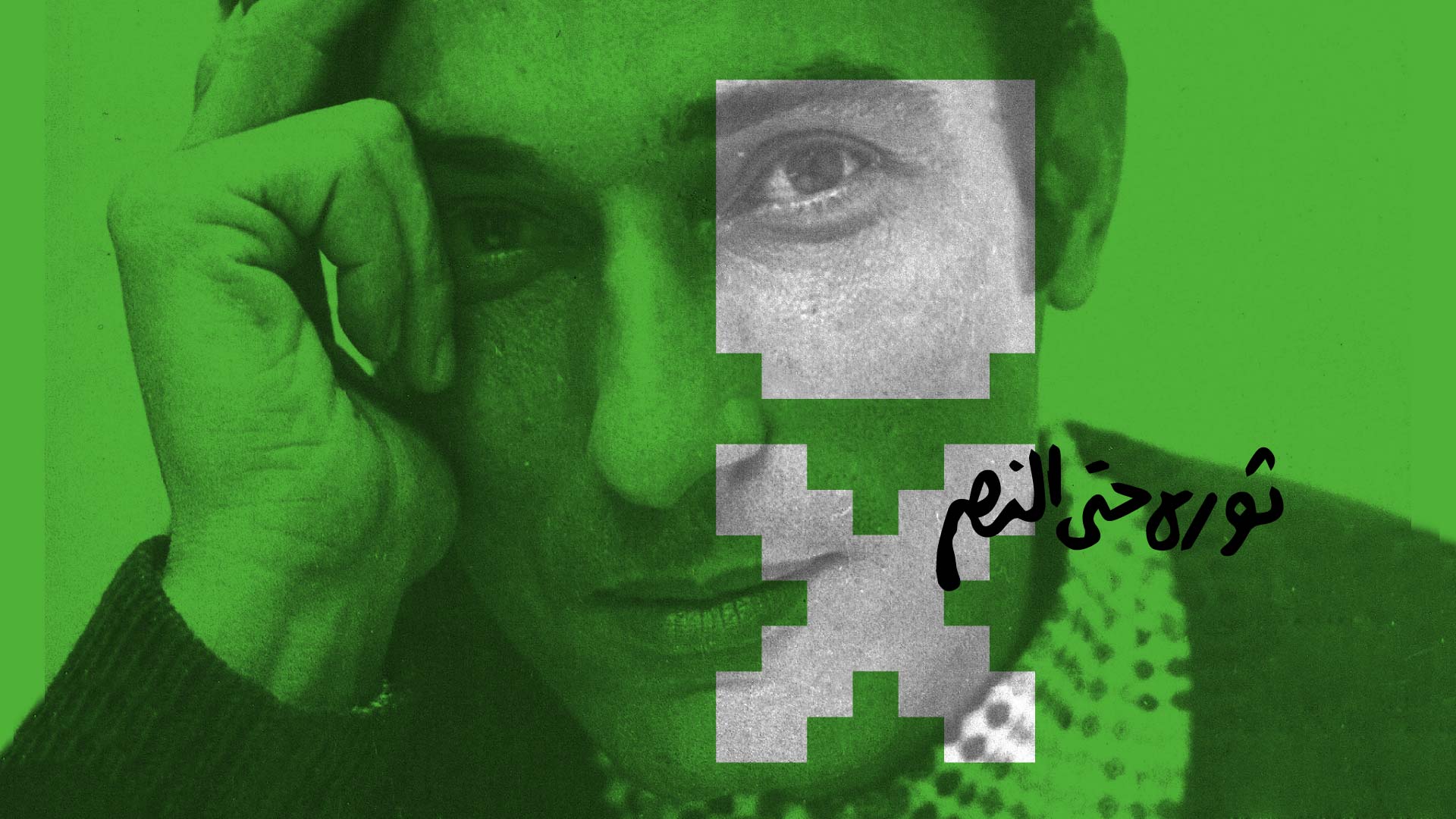
Palestinian cartoonist Naji al-Ali was murdered 35 years ago. His unflinching defense of the Palestinian cause won him many powerful enemies but also ensured he would remain admired and beloved throughout the Middle East and beyond.
From refugee to cartoonist
Naji Salim Hussain al-Ali was born in 1937 in the village of Al-Shajara, close to Nazareth, in what was then Mandatory Palestine. Like his entire generation, he had his childhood irreparably scarred by the 1948 Nakba that uprooted three-quarters of the Palestinian population.
Al-Ali and his family ended up in the Ain al-Hilweh in south Lebanon. Having later spent time in the Shatila camp in Beirut, the young Palestinian could not help but develop political consciousness. Thrown in jail on several occasions, he also found what would become his main “weapon”: political drawings.
After a few industrial odd jobs, Naji al-Ali would eventually focus entirely on his cartoons. Ghassan Kanafani, a renowned Palestinian writer and journalist who would become a close friend and comrade, began publishing his work in Al-Hurriya, the outlet of the Arab Nationalist Movement (ANM), in 1961.
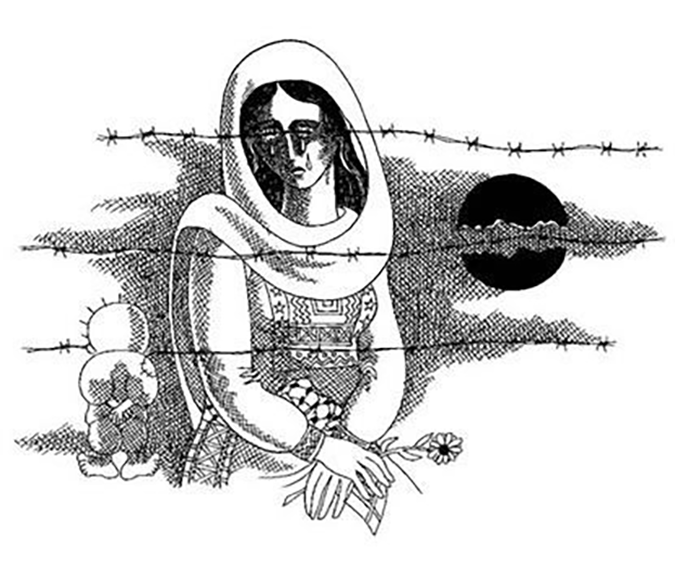
His work became more prolific after he moved to Kuwait in 1963, appearing in several newspapers and magazines that ranged from Arab nationalist to Marxist editorial lines. From life at the camps, al-Ali was keen to show Palestinian reality to the Arab world and beyond. His depiction never sugarcoated the widespread suffering and despair. However, the spirit is not of helplessness but of defiance and dignity.
One recurring character in his drawings is Fatima, a Palestinian mother, typically in a refugee family, who embodies the burden carried by women in exile and in resistance against the occupation. In fact, women’s rights were a constant topic for al-Ali, and one which would often put him at odds with the conservative rulers that entrenched themselves in the Middle East.
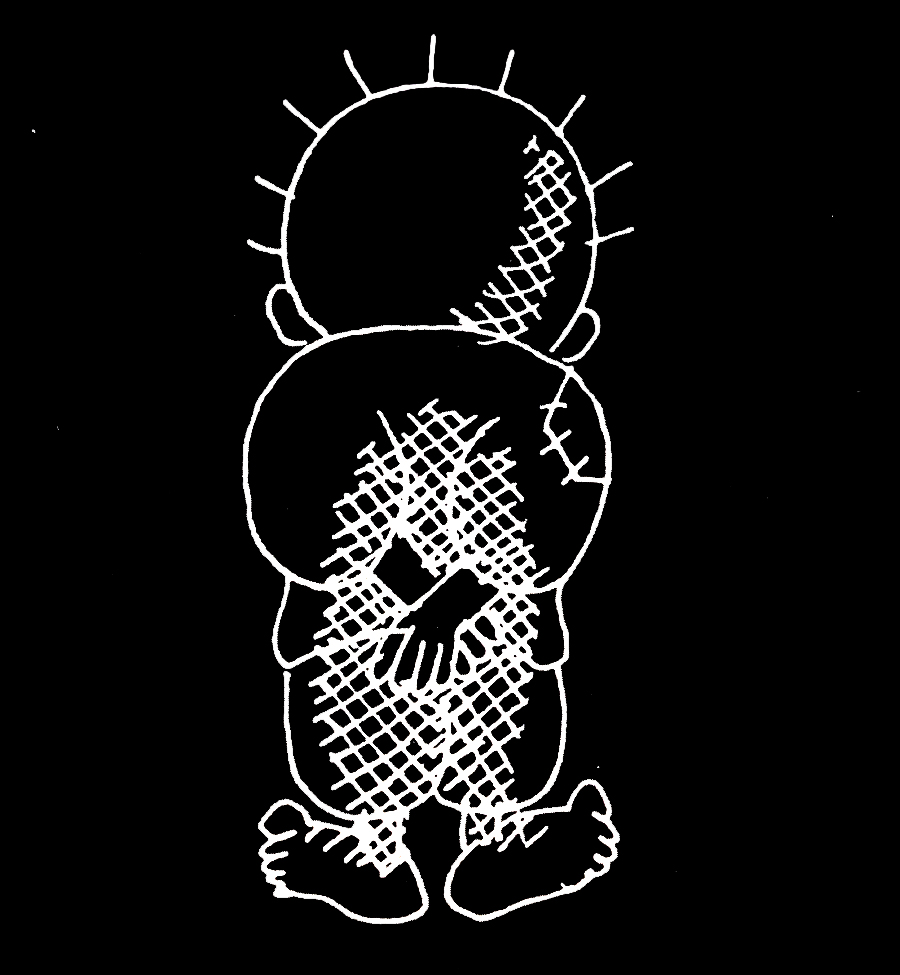
Through the eyes of Handala
It was in Kuwait that Naji al-Ali came up with his most well-known character: Handala (or Hanthala). A ragged, barefoot child, Handala always has his back to the audience, as if inviting the reader to witness what he sees. He represents the most humble Palestinians, those condemned to the refugee camps, and casts his sharp eye on those who perpetuate their suffering.
Handala watches settler-colonial brutality and lays bare the murderous nature of the zionist experiment. But he also exposes the plight of the downtrodden in the region, be it from the oppression brought upon them by local despots or by the world’s greatest purveyor of violence: the United States.
The Palestinian Nakba and the subsequent decades coincided with the consolidation of backward regimes in large parts of the Middle East and North Africa. With US and Israeli support, this camp would triumph in the struggle against the Nasser-led Arab nationalism. This reactionary clique was always eager to bring up the Palestinian cause to boost its legitimacy, only to twice as eagerly betray it if it meant currying favor with the US.
As expected, Naji al-Ali pulled no punches in drawing Arab rulers. Fat, corrupt and subservient to Washington, their depiction is aptly unflattering. They could fool themselves, they could fool the “international community.” But the Palestinian people would not be fooled.
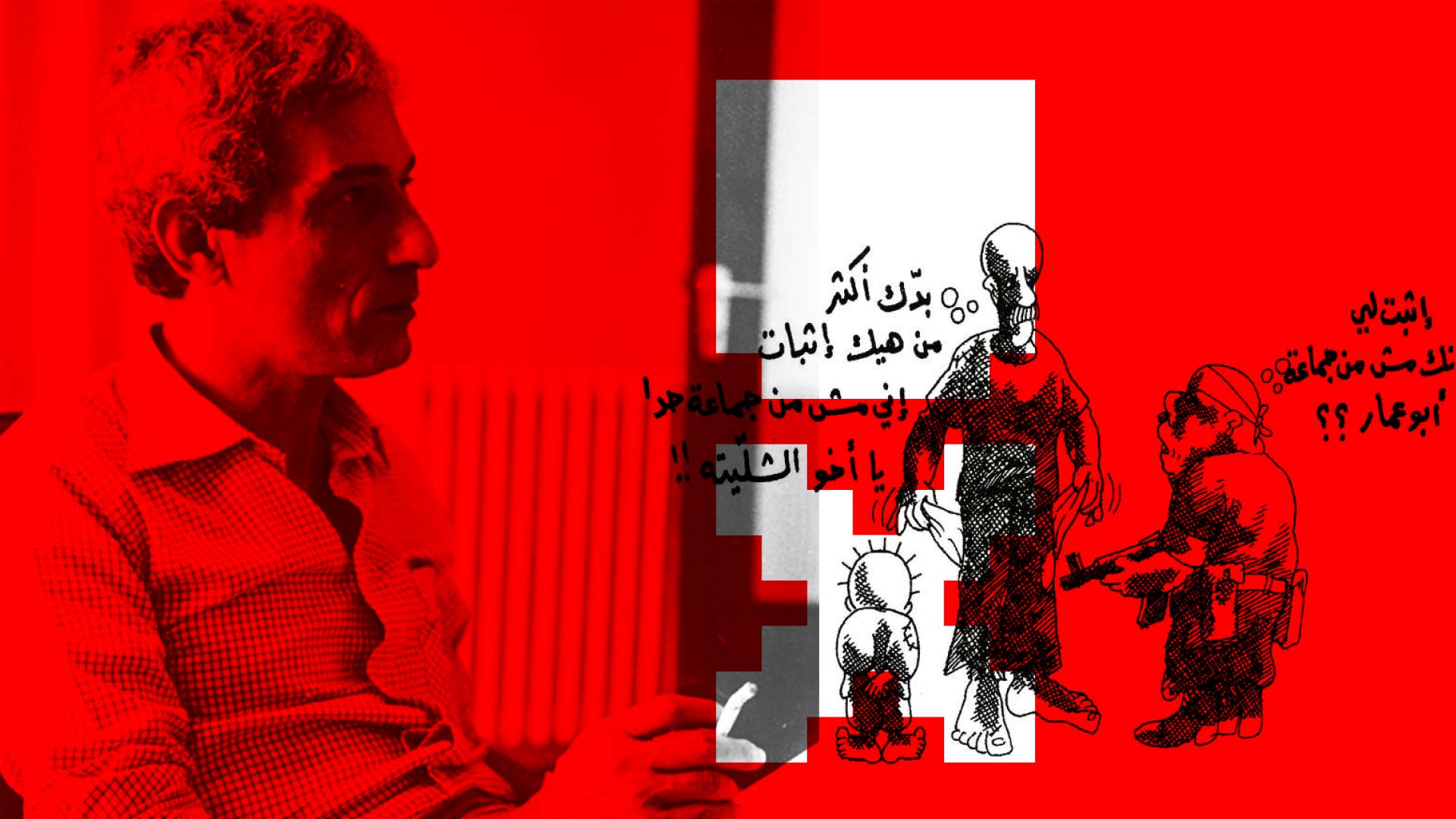
The truth creates enemies
“Naji al-Ali’s works were like a compass which always pointed towards Truth; and that truth will always be Palestine.” These were the words used by al-Ali’s friend Ahmad Matar, an Iraqi poet, to describe his work and its impact.
Having returned to Lebanon in the 1970s, the Palestinian cartoonist would be driven to exile again with the Israeli invasion of Lebanon in 1982 in its efforts to annihilate the PLO. Al-Ali would first return to Kuwait, where he worked for the daily Al Qabas. But with his work ruffling too many Arab elite feathers, he was expelled from Kuwait and moved to London in 1985 to work at the international edition of Al Qabas.
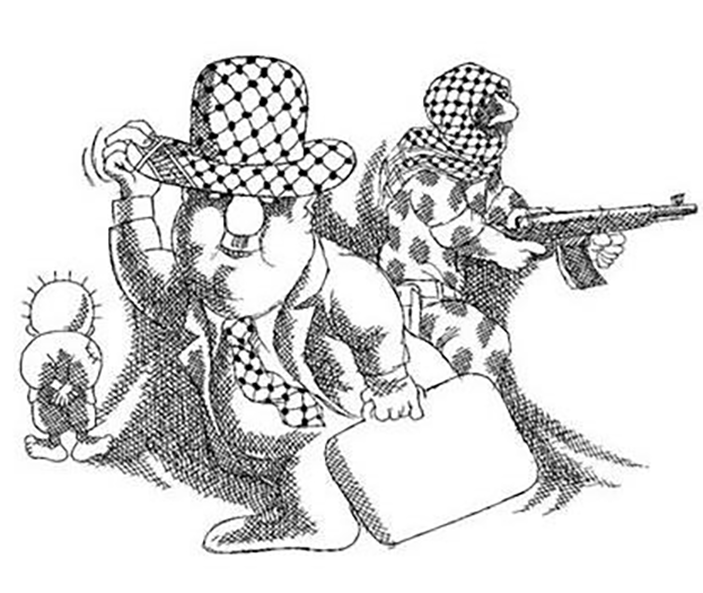
Naji al-Ali did not spare the Palestinian leadership from criticism either, as the movement towards accommodation became clearer and clearer before taking form in the disastrous Oslo Accords. While the PLO high command and its Arab sponsors entertained conciliation, al-Ali was steadfast in defending Palestinians’ right to self-determination through all available methods.
Al-Ali was shot in the head on July 22, 1987, close to Al Qabas’ office in London. After five weeks in a coma, he died on August 29, 1987. His murder remains unsolved to this day, with plenty of plausible theories given the enemies his unwavering work had won him. The arrest of a Palestinian student who turned out to be a Mossad agent revealed that the agency was at least aware of plots to kill the cartoonist.
Principled resistance
Regardless of who wanted Naji al-Ali silenced for good, the plan backfired spectacularly. Asad Abukhalil, Lebanese-American professor of political science at California State University, told Utopix that the cartoonist is “ubiquitous on social media,” with many people sharing his work or using it as avatars.
“I think there is a nostalgia for the principled, categorical stances that he stood for,” Abukhalil explained.
The Middle East analyst added that al-Ali’s presence is “complementary” to that of Ghassan Kanafani, another Palestinian figure who was unwavering in his defense of the Palestinian cause.
“Those two were true revolutionaries that young people today look up to, because they were always opposed to any settlement with Israel as well as any accommodation with Arab governments” Abukhalil summarized, highlighting that Naji al-Ali placed his critical look on the PLO as well. “Kanafani was murdered in 1972 when the PLO was still in its infancy. In contrast, al-Ali lived through the PLO experience, the corruption, the incompetence, the rise of the cult of personality of Yasser Arafat. He witnessed all that, he loathed it and he drew against it.”
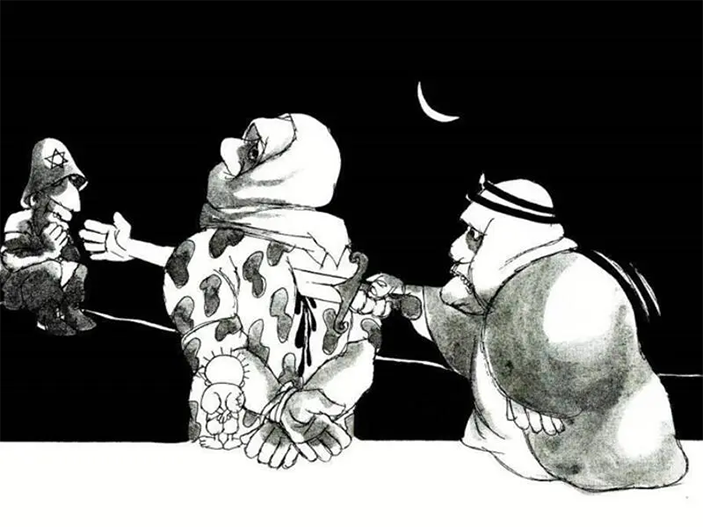
Western powers, Arab surrogates and the zionist occupation forces may think it is all over. Their media stenographers can try as they might to present the Palestine issue as a big misunderstanding. But they could not be more wrong. Principles and revolutionary commitment do not die when icons like Kanafani or al-Ali are killed. The struggle continues. And Handala is still watching.
Research and text: Ricardo Vaz. Design: Kael Abello.